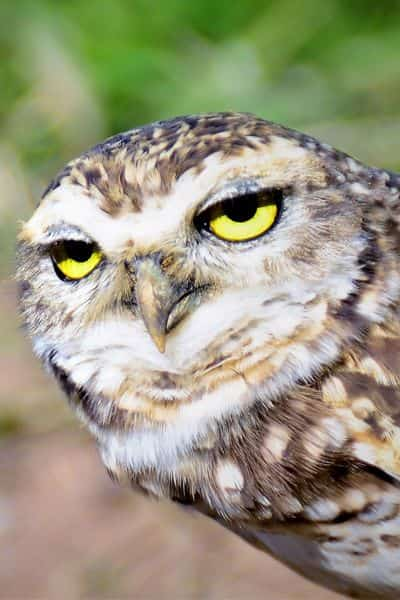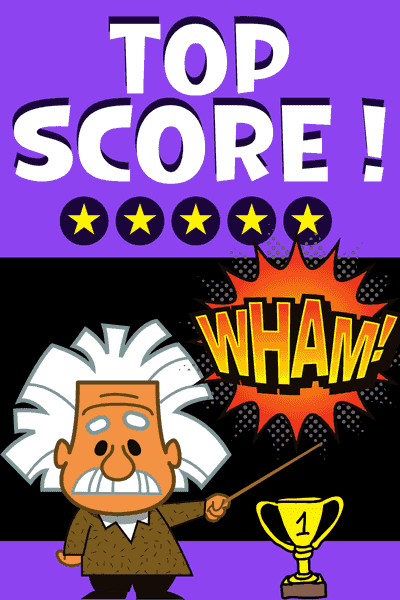The Lord of the Rings trilogy was filmed in New Zealand.
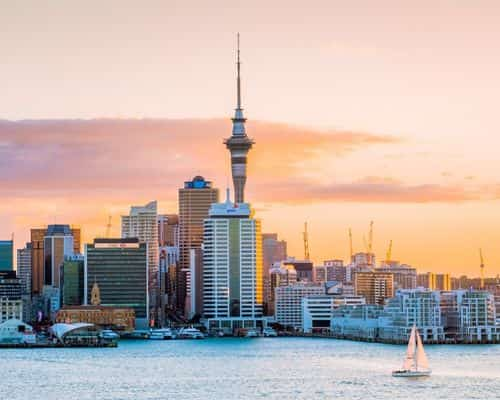
The Lord of the Rings trilogy, directed by Peter Jackson, was filmed entirely in New Zealand on over 150 locations. New Zealand's stunning landscapes became Middle-earth in Peter Jackson's The Lord of the Rings trilogy (2001–2003). The Hobbit trilogy (2012–2014) was also filmed there.
New Zealand is home to the world's largest population of kiwi birds.
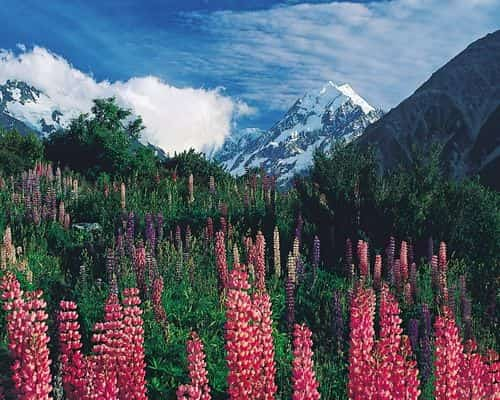
New Zealand is the natural habitat of the kiwi bird and has the largest population of kiwi birds in the world. Female kiwis lay one of the largest eggs relative to body size of any bird—sometimes up to 20% of their own body weight! (Imagine a human giving birth to a 4-year-old child!) Would you believe there are five different species of kiwi? (The rarest, the rowi, has only about 600 left!)
In 2006, New Zealand became the first country to declare sign language as an official language.

TRUE! New Zealand made history with sign language recognition
- 2006 Milestone: NZ became the first country to declare sign language (NZSL) an official language, alongside English and Māori
- Why It Matters: Gave Deaf Kiwis equal access to education, government services, and public life
- Cool Fact: NZSL includes Māori concepts like "whānau" (family) and unique signs for local places
- Global Impact: Inspired other countries to follow suit - now 8+ nations recognize their sign languages officially
Bonus: NZSL has regional dialects! Signs differ slightly between cities, just like spoken accents.
New Zealand is a republic.

New Zealand is a constitutional monarchy with a parliamentary democracy. Some want NZ to become a republic but polls show only ~30% support it.
New Zealand is home to the world's largest active geyser.

While New Zealand has incredible geothermal activity (especially in Rotorua), the title of world's largest active geyser belongs to Steamboat Geyser in Yellowstone National Park, USA.
But NZ Still Has Geothermal Activity!
- Pōhutu Geyser (Rotorua) – The largest geyser in the Southern Hemisphere, erupting up to 30 meters (98 ft) high, 1–2 times per hour!
- "The Champagne Pool" (Wai-O-Tapu) – A stunning, neon-orange hot spring with toxic waters (but perfect for Instagram!).
- Hell's Gate – A geothermal park where you can soak in mud baths warmed by volcanic heat.
Advertisement
New Zealand is known for producing wine.
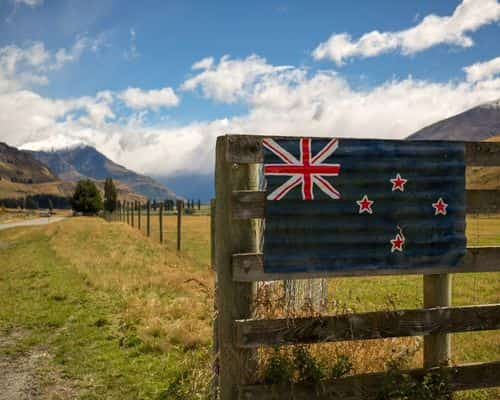
NZ Wine Facts
- World-Famous Sauvignon Blanc: The Marlborough region put NZ on the wine map with its zesty, tropical-flavored white wine.
- Sheep & Vines: Many vineyards double as sheep farms—grazing keeps grass short (eco-friendly weed control!).
- Extreme Wine: Central Otago is the southernmost wine region on Earth, famous for Pinot Noir grown near snowy mountains.
- Young Industry: Commercial winemaking only took off in the 1970s—now NZ exports over $2 billion worth of wine yearly!
- Bonus: NZ has 0.5% of the world's vineyards but makes 2% of its wine—efficiency goals!
English and Maori are two of the official languages of New Zealand. New Zealand is the only country in the world where Maori is spoken.

English and Māori ARE official languages of New Zealand (TRUE)
- NZ has 3 official languages: English, Māori (te reo Māori), and NZ Sign Language
- All government websites must be available in both English and Māori!
- Māori became official only in 1987 after nearly going extinct
But NZ isn't the ONLY place Māori is spoken (FALSE)
- The Cook Islands (a self-governing nation in free association with NZ) also speaks Māori
- Cook Islands Māori is similar but distinct - think British vs American English differences
- About 17,000 people speak it in the Cook Islands vs 185,000 in NZ
New Zealand was the first country to give women the right to vote.

New Zealand made history as the first self-governing country in the world to grant women the right to vote in 1893. While NZ was first to give women the vote, it wasn’t the first to let them run for office (that happened in 1919.
New Zealand has more sheep than people.

Peak Sheep Era (1980s): At one point, there were 22 sheep for every person (over 70 million sheep!).
Today (2024): Around 25.6 million sheep vs. 5.2 million people—so roughly 5 sheep per person. (Still a lot!)
Why the Drop? Farms shifted to more profitable dairy cows (NZ now has 6.3 million cows—more than humans!).
New Zealand is not a member of the United Nations.

New Zealand is a founding member of the United Nations and has been a member since the organization's inception in 1945.
Advertisement
New Zealand is located in the southern hemisphere.

New Zealand is located southeast of Australia in the southern hemisphere. New Zealand was also the last major landmass to be settled by humans (around 1300 AD by the Māori).
The Maori culture is the only indigenous culture in New Zealand.

-
Māori
- Origins: Arrived from Polynesia (~1300 CE) and developed a distinct culture in Aotearoa (New Zealand).
- Status: The largest and most prominent Indigenous group, with te reo Māori (language) and tikanga (customs) central to NZ’s identity.
-
Moriori
- Origins: Descendants of Polynesian settlers who migrated to the Chatham Islands (Rēkohu) ~1500 CE, likely from Māori ancestors but developed separately.
- Key Difference: Their pacifist Nunuku’s Law set them apart from Māori warrior traditions.
-
Other Groups Sometimes Discussed:
-
Waitaha (Controversial)
- Claim: Some oral traditions and modern books (e.g., The Song of Waitaha) describe Waitaha as an ancient pre-Māori people.
- Reality: Most scholars view this as a myth or conflated genealogy—no archaeological evidence supports a distinct pre-Polynesian culture.
-
Waitaha (Controversial)

